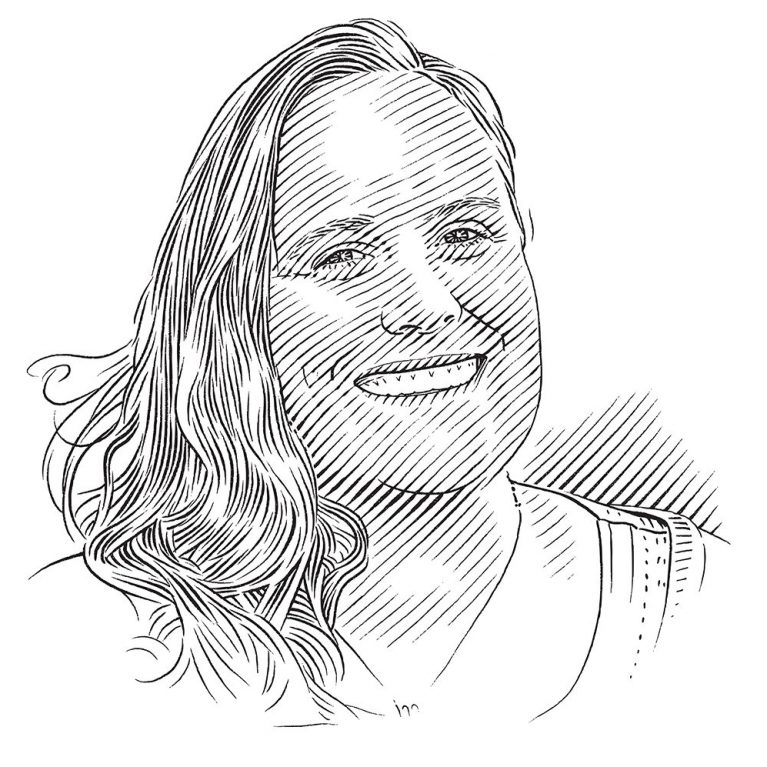Marianne Porter

Who I am
I study the mechanics of how sharks swim and it is no surprise that I enjoy talking about swimming all day long. Although I was born in a desert, I am at home in the water. I grew up in Arizona and learned to swim at about the same time that I learned to walk. Since then my life has revolved around water and swimming. My love of water extends to any body of water and I am especially attracted to the raw power of rivers and oceans.
I am incredibly fortunate in that I have been able to leverage the things I love into my work. My career in research started with a study of the plant ecology in a pinyon-juniper woodland in northern Arizona. I also did a survey of the plants along the Colorado River in Grand Canyon National Park. Then, for my PhD, I was able to bring my research experience back to what I love – swimming and the ocean – and I made the big switch to studying biomechanics and sharks. Currently, I work in the biology department at Florida Atlantic University and am able to share my excitement about how animals move with the graduate students and undergraduate researchers working in my lab. My goal is to provide the students I train with formative research experiences similar to my own.
Where I work
I am lucky to be able to work where I live. Florida Atlantic University is only a couple of miles from the water’s edge in Boca Raton and its proximity to the ocean and great year-round weather ensure that we can do field work at any time. In addition, the clear, shallow water makes it easy to see and study marine life here (there is a reason for people coming here on vacation!).
I am interested in measuring the mechanics of swimming in the wild by studying the blacktip shark migration and aggregations that occur here every winter, from January through to early April. When the blacktip sharks are here, they are easy to see because they stand out against the white sand. They are often found very close to shore and for several years now large aggregations have been documented by aerial surveys. In a recent development, acoustic tags are now being used to study large-scale movements in this species.
What I do
I study biomechanics, so I use engineering and physics to understand how animals move. The blacktip shark migration presents a great opportunity to learn more about swimming mechanics and at the same time get a better understanding of how these sharks use their habitat. Once we have learned more about how they move at both a large and a small scale, we can start to address conservation and management strategies for this species. We hypothesise that blacktip sharks provide important ecosystem services to the local reef communities while they are here by impacting the populations of their bait-fish prey.
I use drones at local beaches to collect video footage of aggregations of blacktip sharks swimming in the clear, shallow water. Back in the lab, I can look at their small-scale movements, like how they make their bodies curve while swimming. This enables me to examine the way a shark moves in the detail I had only previously been able to get while watching them in the lab. Now I can study swimming kinematics in a natural environment for the first time! We can also attach to the sharks tags that contain accelerometers similar to those found in smartphones. These tags will enable me to peek into the mechanics of swimming over longer distances. For example, I can see how speeds vary at different points during the migration. Basically, I get to go to work every day and learn about what I love.
